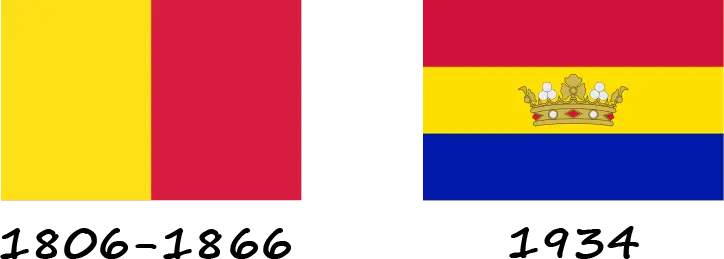The civil flag of Andorra, namely the blue-yellow-red tricolor, was adopted in 1866, and the modern national flag, consisting of three equal-sized vertical stripes of blue, yellow and red and the Andorran coat of arms in the center of the flag on the yellow stripe, was officially adopted in 1993.
The flag of Andorra does not have a unique design, but on the contrary, 3 other countries use the blue-yellow-red tricolor. Namely, the flag of Romania and the flag of Chad, which at first glance have a completely unique design and if you do not put them side by side, it will be quite difficult to see the difference. However, they do differ - the Chadian flag has a darker shade of blue than the Romanian flag. Both countries recognize the similarity of their flags, and Chad has even asked the UN to influence Romania to change its flag. The third country with a similar flag is Moldova. Moldova's flag also consists of three vertical stripes of blue, yellow and red, but with its own coat of arms in the center, just like Andorra's flag. The coat of arms of Moldova is a rook's head Argent on a shield with an eight-rayed star between the horns, a heraldic rose and a crescent Argent at the bottom of the shield. Behind the shield is a golden eagle with a cross in its beak, an olive branch in its right talon and a silver scepter in its left.








